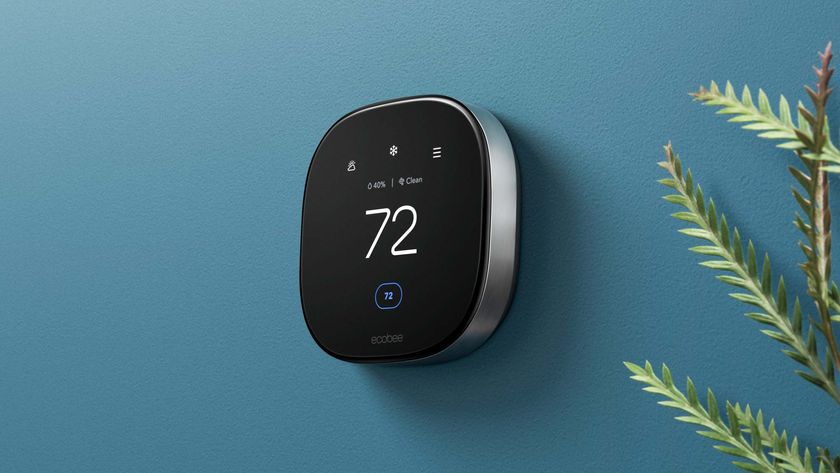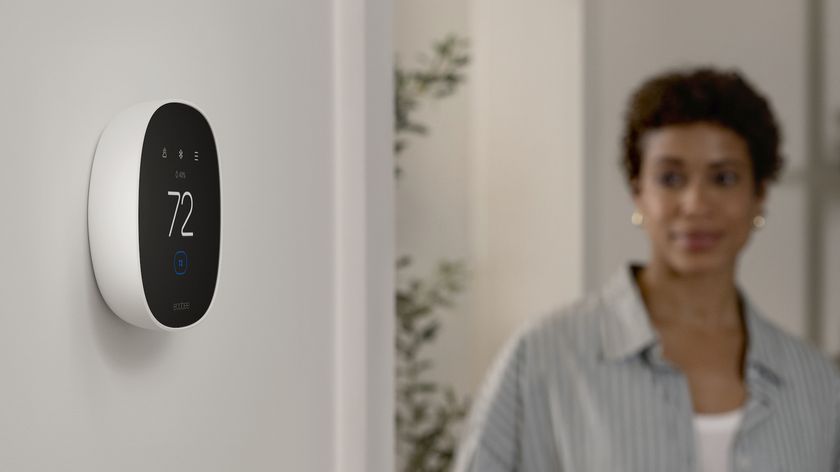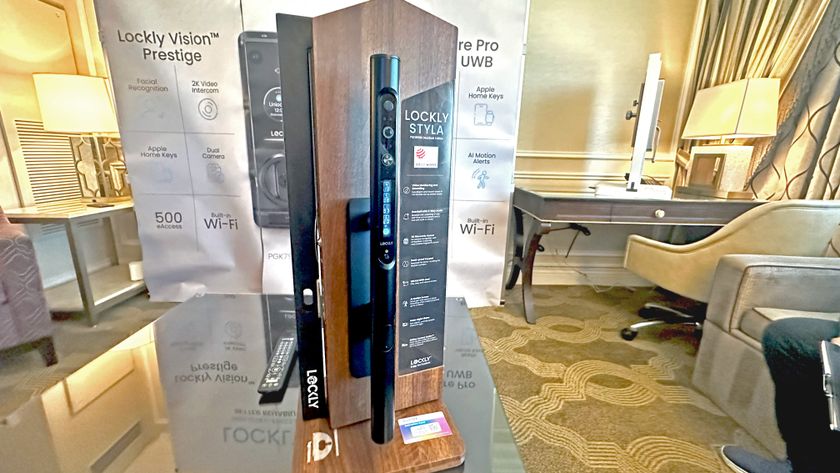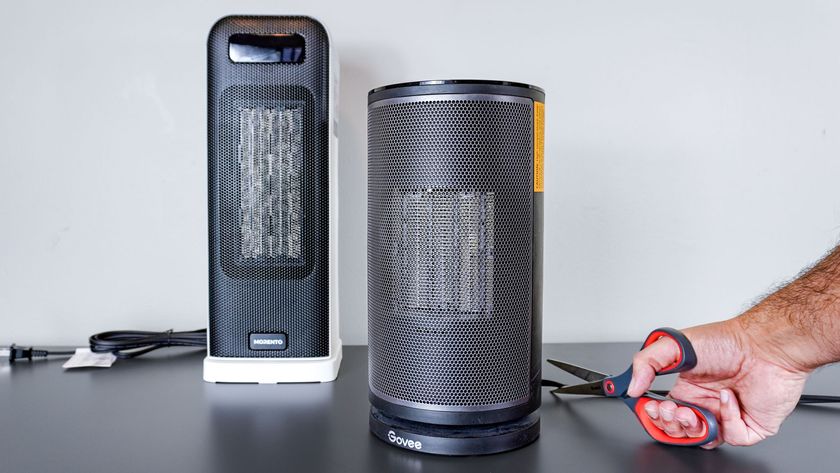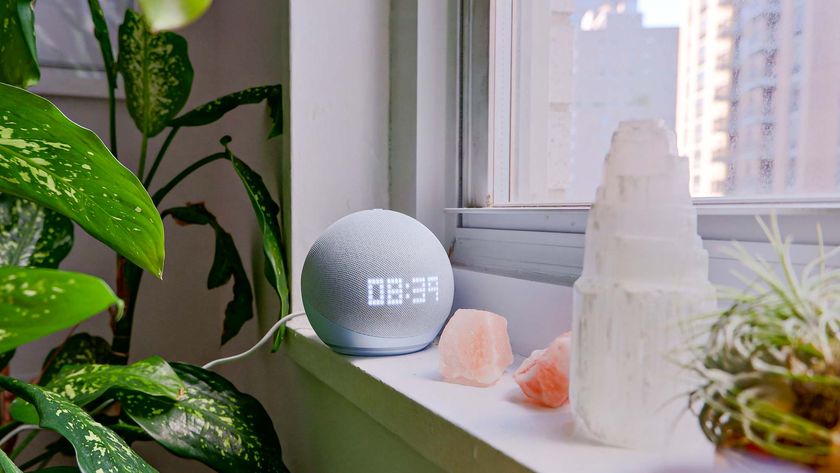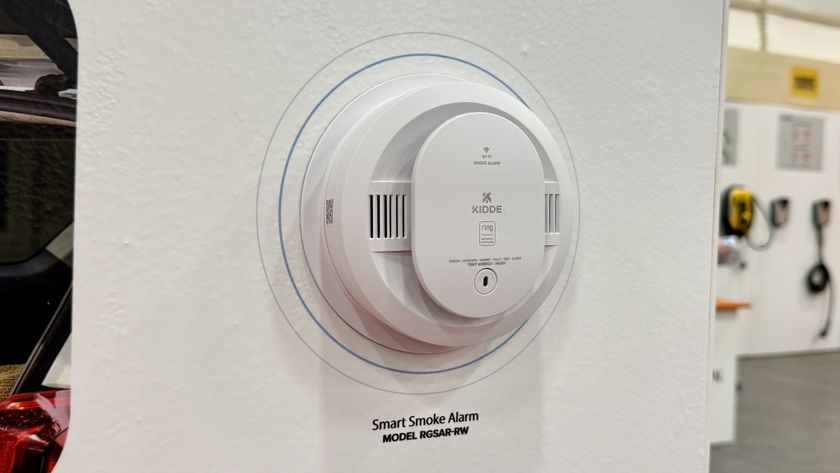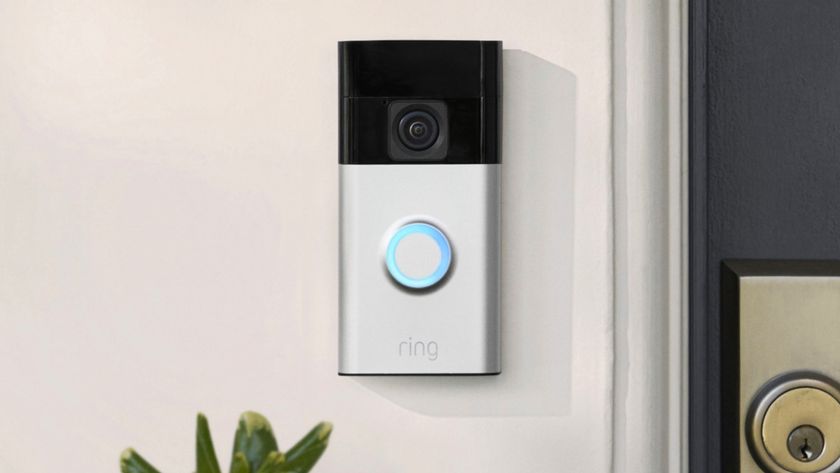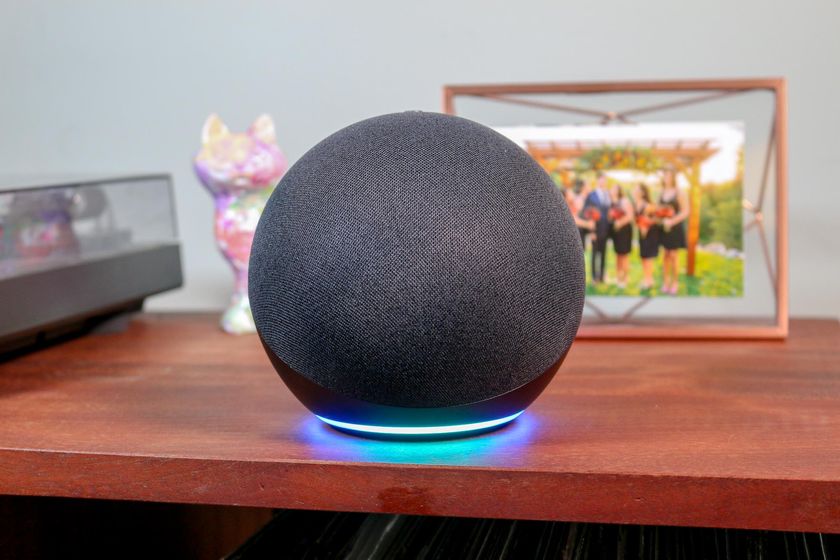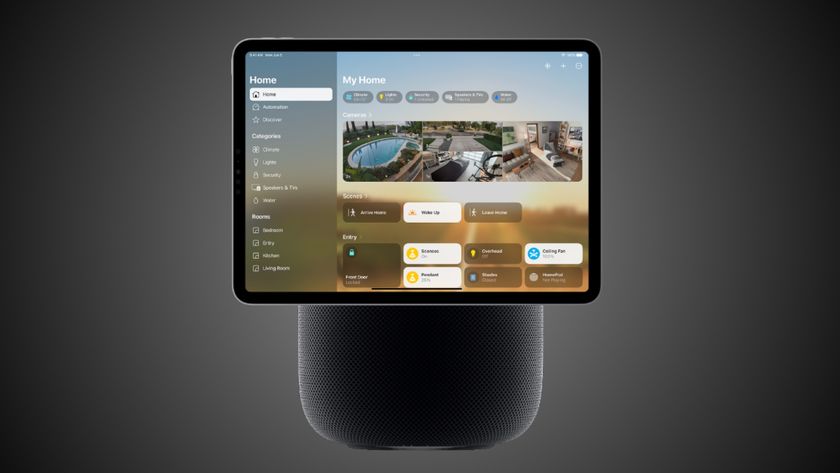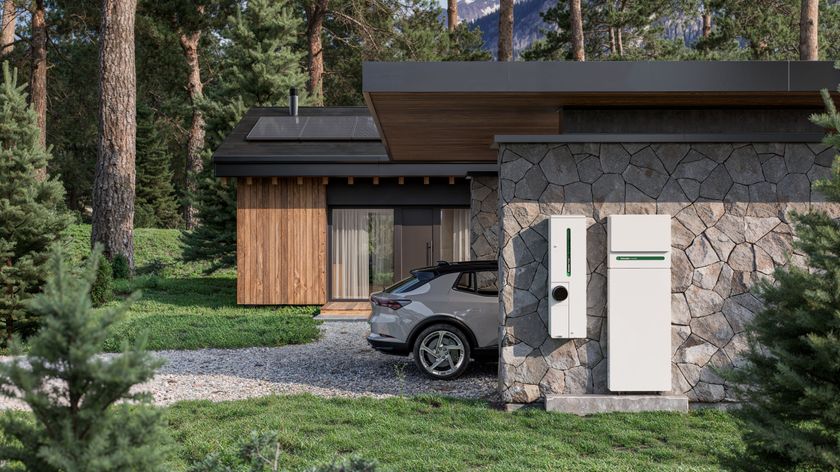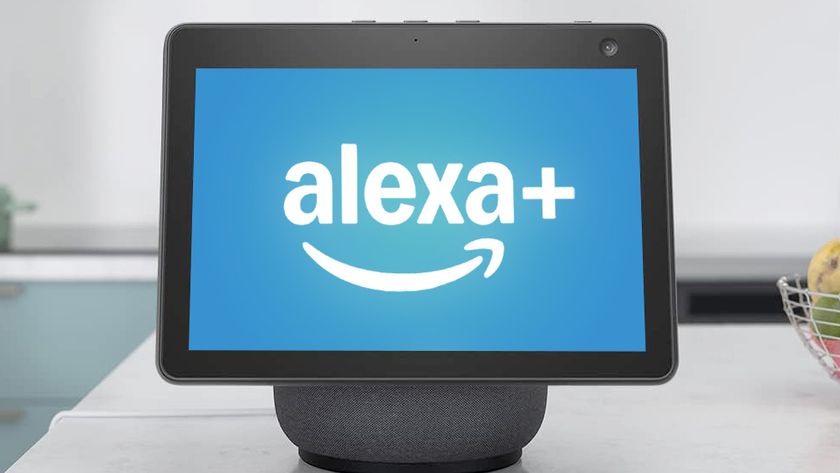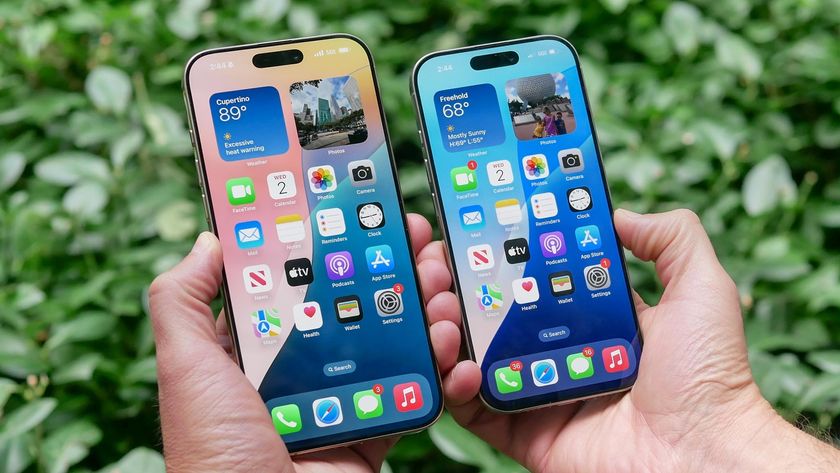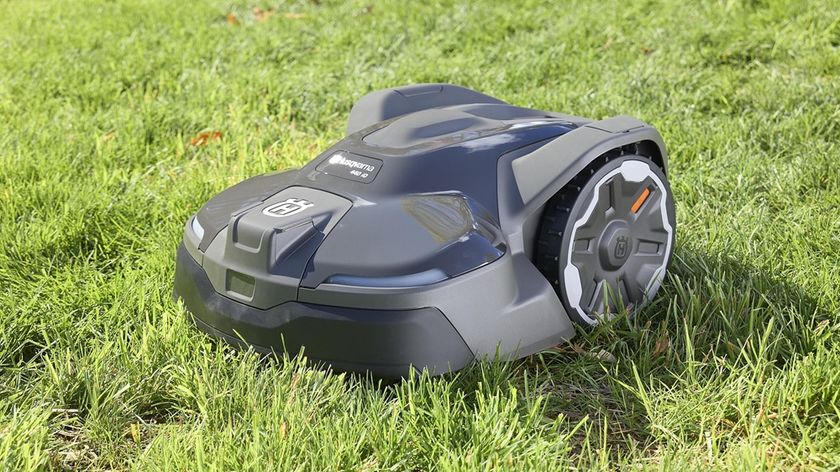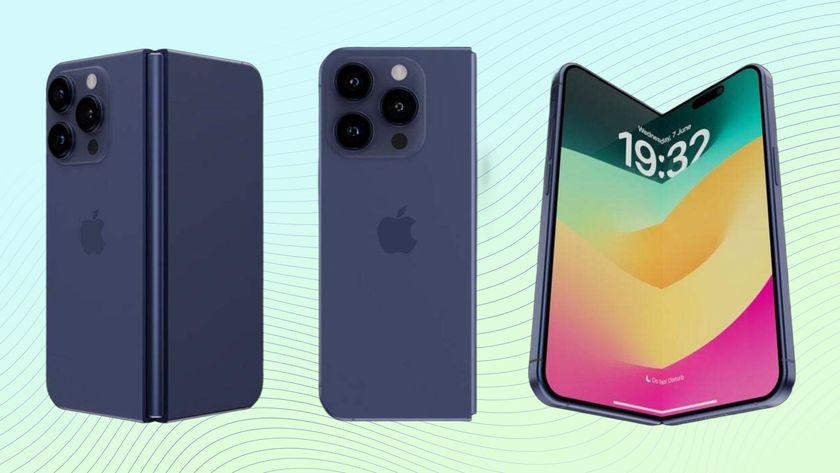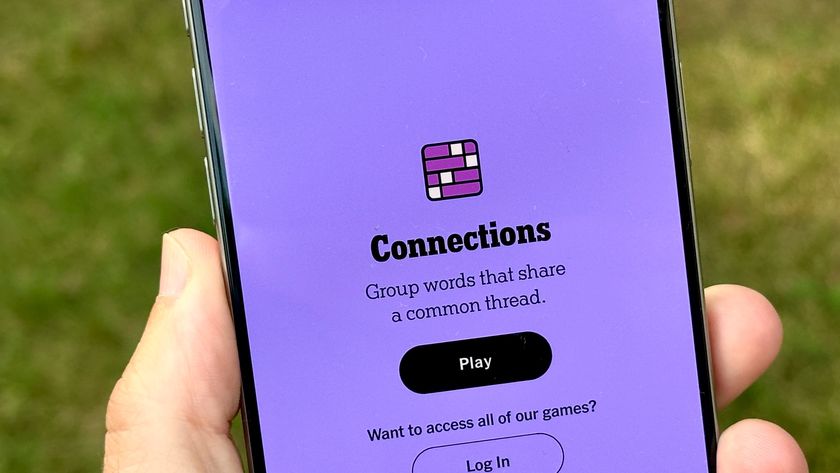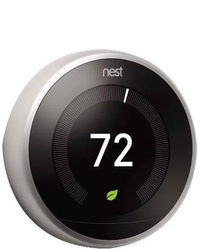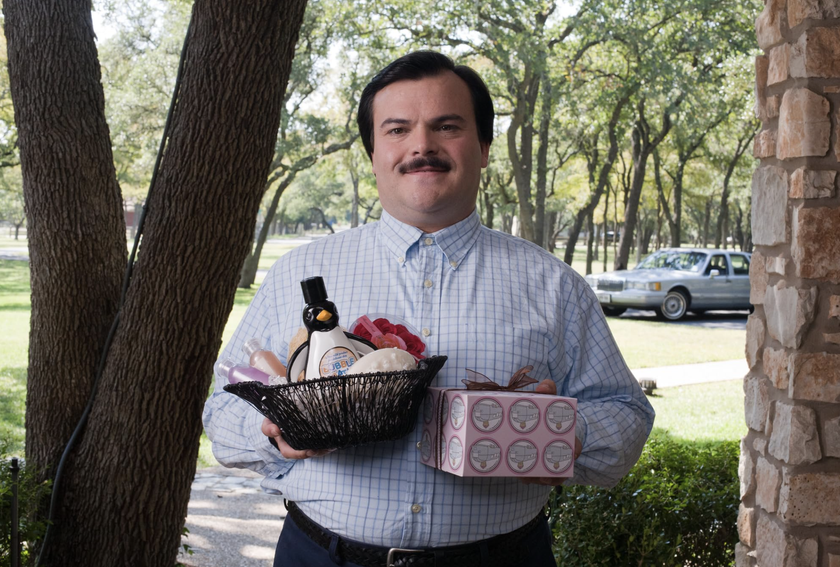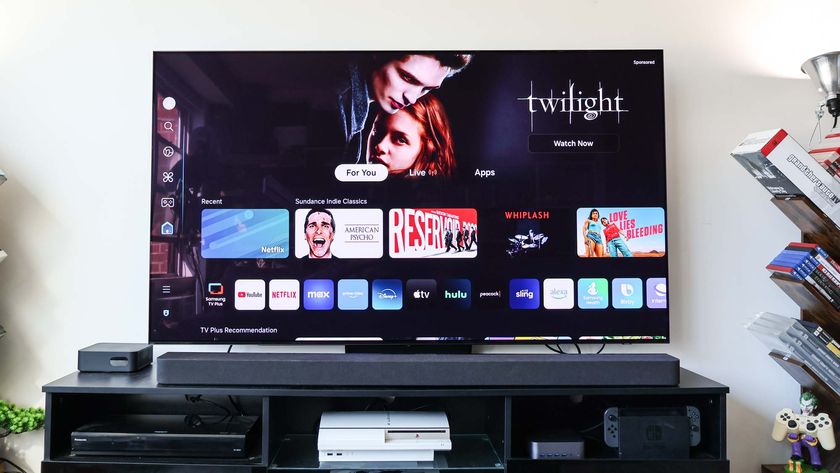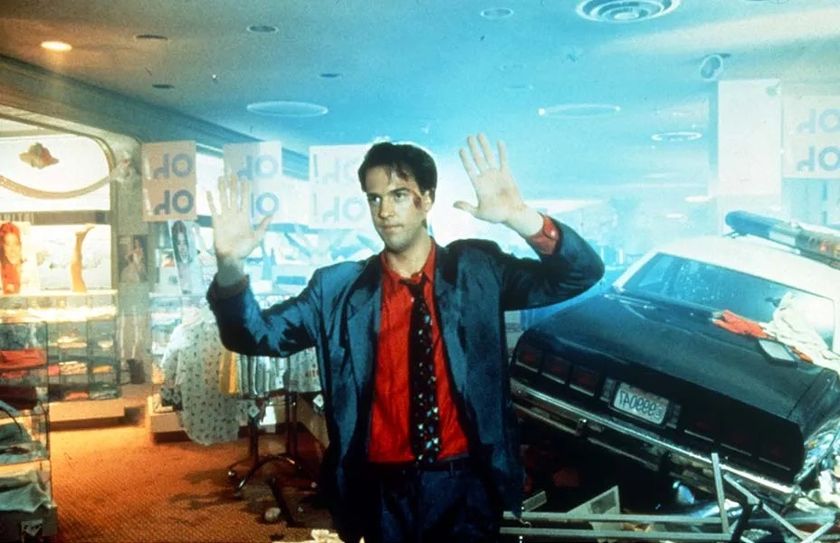5 mistakes you're making with your smart thermostat
Don't sweat it — here's how to optimize and unlock your thermostat's potential
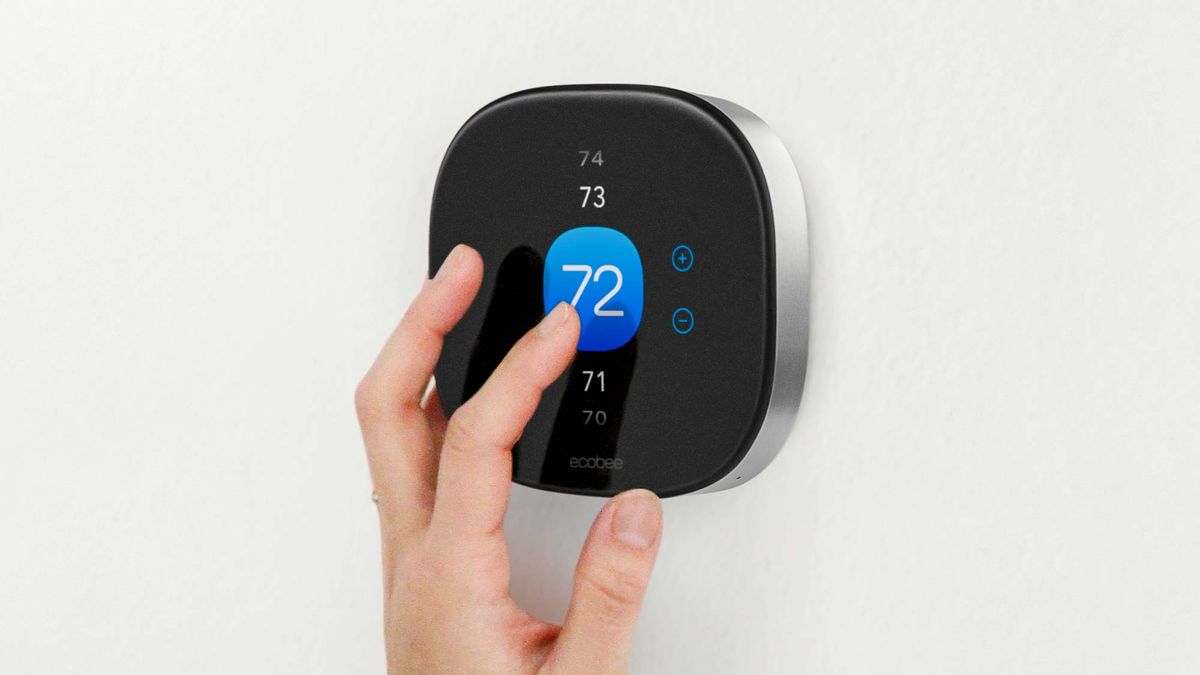
The best smart thermostats keep your home comfortable while cutting down on energy waste thanks to advanced features like remote management and presence sensing. These features can ensure you only use your heating or cooling when you need it at home.
However, to get the most out of your smart thermostat, it's essential to avoid common mistakes that can hurt its performance. Here are five of the biggest offenders people make when using their smart thermostats and tips on how to fix them.
Google Nest Learning Thermostat (3rd Gen): $169 @ Amazon
Google makes one of our favorite smart thermostats for its ability to learn your climate habits and optimize your system on the fly. It even offers energy monitoring and HVAC system health assessments to keep you aware of any issues.
Improper installation
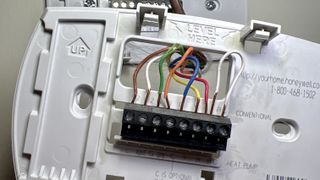
When it comes to setting up your smart thermostat, you need to follow your install manual down to a T for everything from wiring to placement. This is critical to ensure that your smart thermostat works as intended. Some smart thermostats require a Common or "C" wire for power. You'll want to check your system ahead of time to know if you have this or if you should buy a model that doesn't require one instead.
Don't take a chance if you're unsure — hire a professional. The panel that measures your home's average temperature must be placed in a central location. Keep it away from windows, drafty doors, or in stuffy areas near appliances that emit heat. This will prevent it from being tricked into running unnecessarily.
Not using scheduling features
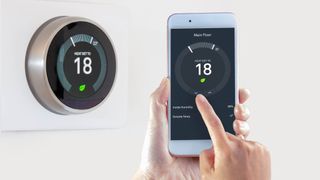
Remote management and scheduling are the main benefits of a smart thermostat. Take the time to set accurate custom schedules that adjust the temperature based on your daily routines. This typically breaks down into home, away, and sleep modes.
Many people think that simply turning off your HVAC system while away from home saves the most energy. However, it's better to have your system adjust to a fallback temperature so it doesn't have to work as hard to cool or heat your home.
Forgetting to Geofence
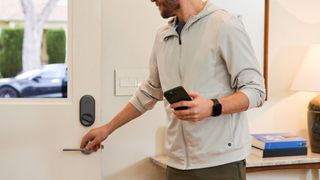
Allow your smart thermostat's app to run location tracking in your phone's background processes. This adjusts the temperature automatically when you leave or return home. If your weeks are hectic, this is more reliable than scheduling but can eat at your phone's battery life faster.
Sign up to get the BEST of Tom's Guide direct to your inbox.
Get instant access to breaking news, the hottest reviews, great deals and helpful tips.
Ignoring usage reports
Smart thermostats generate detailed energy usage reports that can help you understand your consumption patterns. This can help you identify spikes and opportunities for savings such as reducing your air or heating as you fall asleep.
You should review these reports regularly through the thermostat’s app to gain insights and make adjustments to dial in your efficiency.
Not integrating with other smart home devices
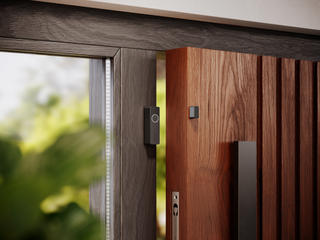
Your smart thermostat can talk to other smart home gadgets to further optimize your climate — even in places like basements, attics, or garages. A great example of this is how my colleague Anthony uses an Echo Dot equipped with a temperature sensor in his garage to kick up the cooling during the summer.
Sync your thermostat with advanced home sensors like air quality monitors or presence sensors to take your automation to the next level. If an air quality score drops too low you can have your HVAC power off to avoid circulating toxic pollutants.
Even basic door and window contact sensors can turn off your system if they're left open too long. That way your heating and cooling doesn't literally go out the window.
More from Tom's Guide

Hunter Fenollol is a Senior Editor for Tom’s Guide. He specializes in smart home gadgets and appliances. Prior to joining the team, Hunter reviewed computers, wearables, and mixed reality gear for publications that include CNN Underscored, Popular Mechanics, and Laptop Magazine. When he’s not testing out the latest cooking gadgets, you can likely find him playing a round of golf or out with friends feeding his paycheck to a QuickHit slot machine. Hunter started his career as an intern at Tom’s Guide back in 2019 while in college. He graduated from Long Island University Post with a degree in Communications and minor in Advertising. He has been vlogging ever since the iPhone 4 took front-facing cameras mainstream.
